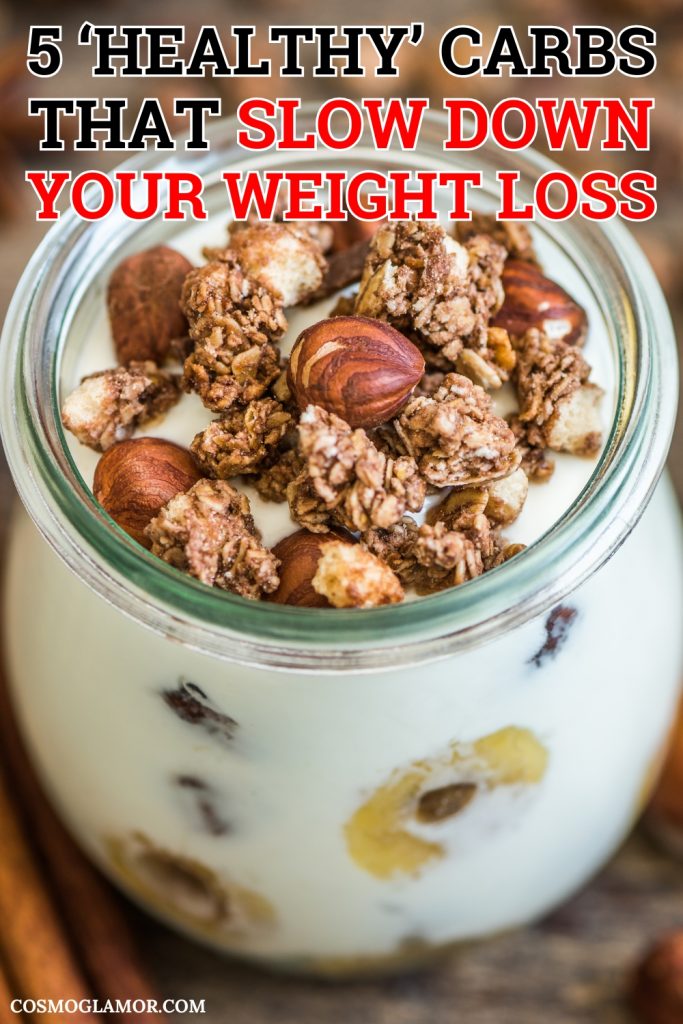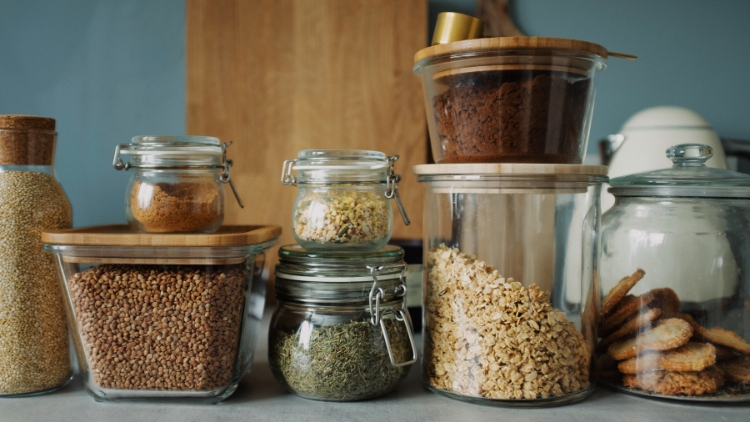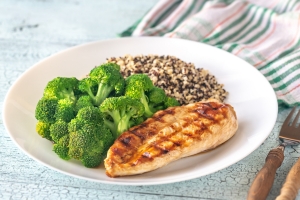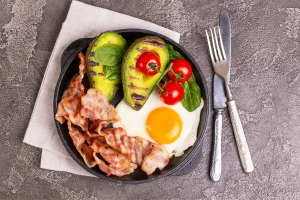Okay, let’s ditch the lab coat and talk carbs. We all know that feeling, right? You’re trying so hard to eat healthy, meticulously choosing the “good stuff,” yet the scale seems stubbornly stuck, or worse, creeping up. It’s maddening! You swap white bread for multi-grain, grab a smoothie instead of a donut, diligently spoon out your low-fat fruited yogurt… and nothing. What gives?
Well, let’s get real for a sec. The world of “healthy eating” can be a bit of a minefield, especially when it comes to carbohydrates. Carbs are awesome – they’re literally our body’s favorite gas station, providing the energy we need to, you know, live. And those complex carbs found in whole foods? They’re the premium fuel, burning slow and steady, keeping us full and happy thanks to all that lovely fiber.
But here’s the rub: not all carbs wearing a health halo are actually helping your weight loss goals. Sometimes, the very things we think are our allies are secretly working against us. It often comes down to sneaky sugars, missing fiber, or just plain eating too darn much of a good thing. So, let’s pull back the curtain on five “healthy” carbs that might be playing saboteur in your diet.
1. The Multi-Grain Maze: More Grains ≠ More Goodness

Ah, multi-grain bread. Sounds impressive, doesn’t it? Like a wholesome tapestry woven from nature’s finest. Here’s the catch: “multi-grain” just means multiple types of grain are involved. It doesn’t promise they’re whole grains. Often, these products are mostly made with refined flour (think: the white bread stuff, just with a few extra grain bits thrown in for show), meaning they’ve been stripped of the fiber-rich bran and nutrient-packed germ. You end up with something that digests quickly, spikes your blood sugar, and leaves you hungry again sooner – not exactly a weight-loss win.
My Tip: Be a label detective! Look for the magic words “100% whole grain” or “whole wheat” listed as the first ingredient. Don’t let fancy packaging fool you.
2. Liquid Sugar Traps: The Juice & Smoothie Situation
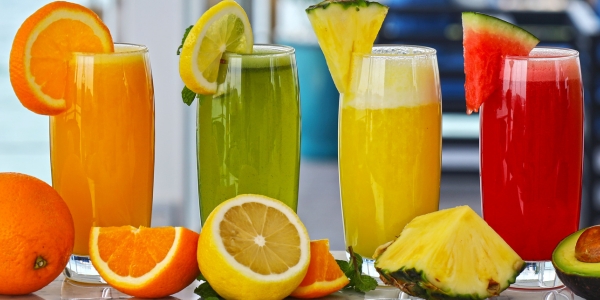
Okay, confession time. Back when I first started trying to get healthier, I was all about the morning fruit juice. Oranges? Healthy! Juice? Must be healthy too, right? Wrong-ish. Juicing removes almost all the fiber, the very thing that makes whole fruit so satisfying and slows down sugar absorption. What’s left is basically fruit-flavored sugar water that hits your system fast, leading to energy crashes and cravings. Yes, it has vitamins, but the concentrated sugar and calories can easily add up.
Smoothies can be better because they often keep the fiber (if you blend whole fruits/veg). But – and it’s a big but – they can quickly become calorie bombs. Think about it: you can blend three bananas, half a mango, a cup of berries, and maybe some yogurt or nut butter into one glass. Would you eat all that whole in one sitting? Probably not! Additions like honey, sweetened yogurts, or even too much fruit can turn your “healthy” smoothie into a dessert in disguise.
My Tip: Eat your fruit whole whenever possible. If you love smoothies, load ’em up with greens (spinach disappears taste-wise, I promise!), use plain yogurt or a protein scoop, limit the high-sugar fruits, and add healthy fats like avocado or chia seeds for staying power. And maybe… just maybe… measure your ingredients? Just a thought.
3. Yogurt Gone Wild: The Hidden Sugar Problem
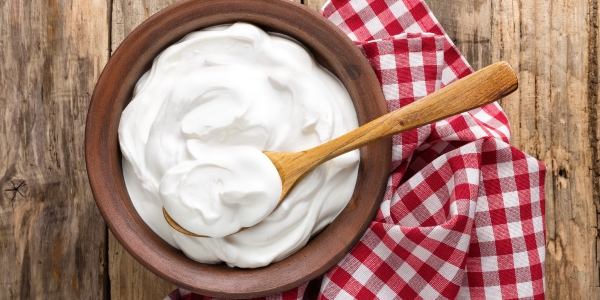
Yogurt is fantastic – protein, calcium, probiotics for your gut… what’s not to love? Well, the flavored kind, often. Especially those tempting low-fat fruit-on-the-bottom cups. To make low-fat versions taste less like, well, sadness, companies often pump them full of sugar. Seriously, flip over that “healthy” berry blast yogurt sometime; you might find it has more sugar than a scoop of ice cream. All that added sugar contributes calories without much substance and can mess with your blood sugar and fat storage.
My Tip: Go plain! Plain regular or Greek yogurt is your best bet. It has way less sugar (just the natural lactose) and often more protein, especially Greek yogurt. Then, you control the additions. Stir in some fresh berries, a sprinkle of nuts or seeds, maybe a tiny drizzle of honey if you need it. It tastes way better, too. Trust me on this.
4. Whole Grain Overload: When Healthy Portions Go Poof
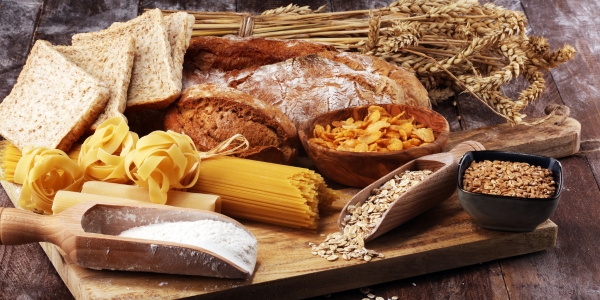
Brown rice, quinoa, whole wheat pasta, oats… these guys are genuinely good for you. Packed with fiber and nutrients, they release energy slowly and keep you fuller longer than their refined cousins. Hooray! But here’s where we often trip up: portion sizes. Because they have that health halo, it’s easy to pile them onto our plates thinking, “It’s healthy, so more is better!”
Remember physics? No, wait, biology? Anyway – calorie balance still matters! Eating too much of anything, even super-healthy whole grains, leads to a calorie surplus, which means weight gain, not loss. A standard serving of cooked grains is often just ½ cup. Be honest, when was the last time you scooped out just half a cup of quinoa? Yeah, me neither, initially. My first attempt at portion control looked like I was feeding a very small, very sad bird. It takes practice!
My Tip: Get friendly with measuring cups, at least initially. See what a real serving looks like. Balance your plate: fill half with non-starchy veggies, a quarter with lean protein, and then add your quarter-plate of whole grains.
5. Breakfast Cereal Blues: Beyond the ‘Whole Grain’ Box
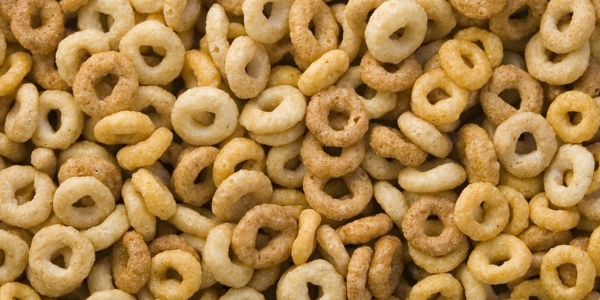
Walking down the cereal aisle feels like navigating a health-claim battlefield. “Whole Grain!” “High Fiber!” “Supports Heart Health!” And yet, many breakfast cereals, even those boasting whole grains, are loaded with added sugar. It’s often hiding in plain sight on the nutrition label. Those crunchy clusters, honey coatings, and frosted bits all add up, giving you a morning sugar rush followed by the inevitable slump – and hunger pangs well before lunch. Plus, check that serving size! It’s often way smaller than the bowlful most of us pour.
My Tip: Again, label reading is key. Aim for cereals with at least 3-5 grams of fiber and ideally less than 10 grams of sugar per serving (the lower, the better!). Or, better yet, switch to something like plain oatmeal (rolled oats or steel-cut are awesome) where you control the toppings, or try eggs for a protein-packed start. My go-to? Overnight oats. Prepare them the night before, grab and go in the morning. It’s lazy-healthy at its finest.
So, What’s the Takeaway?
Look, carbs aren’t the enemy. But being a savvy consumer is important when you’re trying to lose weight. It’s not about banning these foods forever, but understanding how they can trip you up if you’re not mindful. It’s about prioritizing whole, unprocessed foods most of the time, reading labels like you’re hunting for treasure (the treasure being less sugar and more fiber!), and getting real about portion sizes.
Don’t beat yourself up if you’ve been caught in these “healthy” traps – most of us have! Just use it as fuel (pun intended) to make smarter choices moving forward. Your body, and maybe even your scale, will thank you for it. And if all else fails? Blame the confusing packaging. 😉
